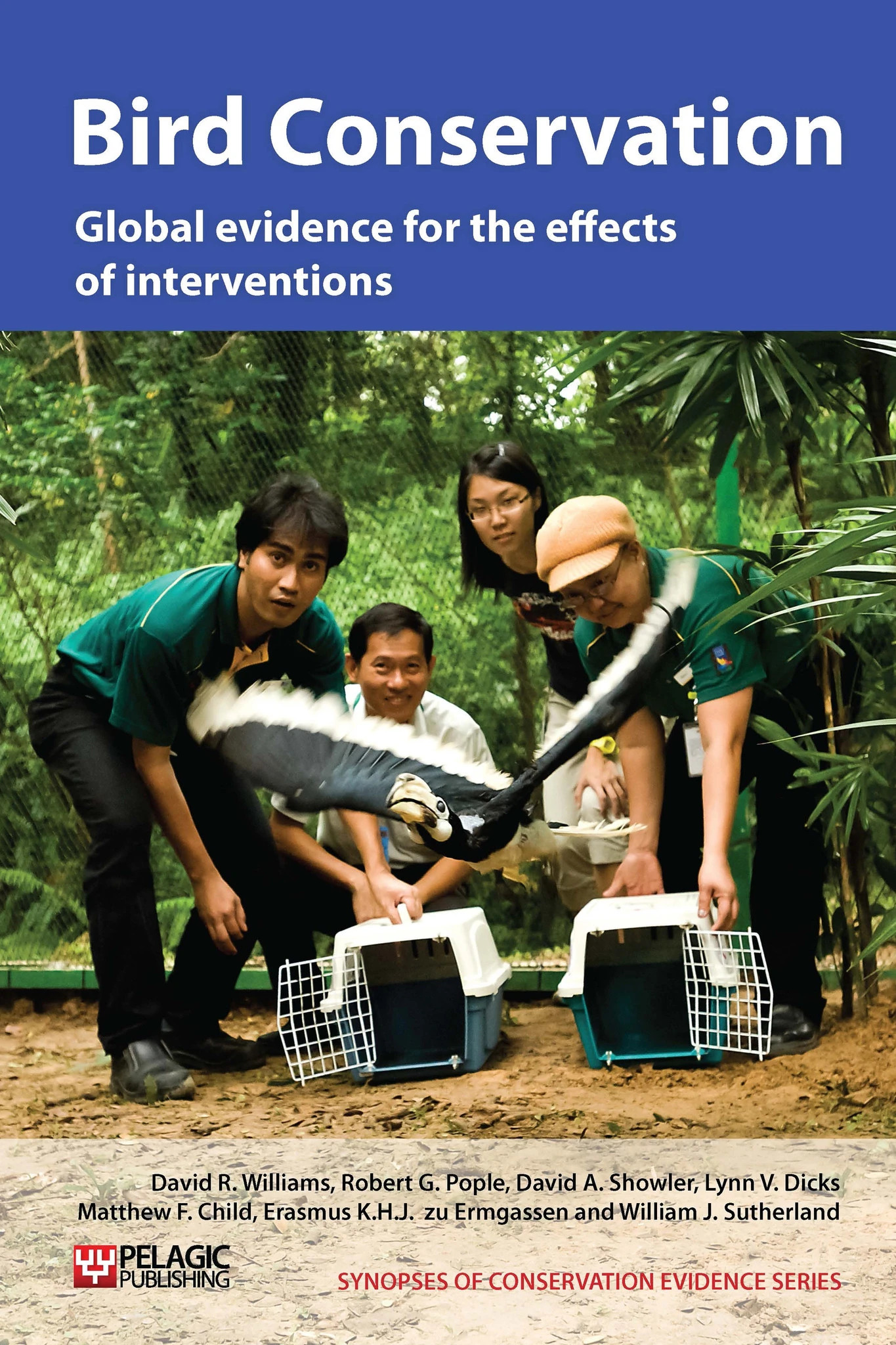Control mammalian predators on islands
-
Overall effectiveness category Beneficial
-
Number of studies: 2
View assessment score
Hide assessment score
How is the evidence assessed?
-
Effectiveness
81% -
Certainty
78% -
Harms
0%
Study locations
Supporting evidence from individual studies
A paired sites before-and-after study on four paired study areas (72-139 km2) of >60 small islands in Archipelago National Park, southwest Finland (Nordstrom & Korpimaki 2004) found that, following the removal of up to 63 introduced and predatory American mink Mustela vison each year in 1992-3 and 1998, experimental areas had significantly higher species richness and abundance, compared to control areas. There was a significant positive relationship between the degree of isolation of the islands and species richness and abundance in control, but not experimental areas. In all areas, larger islands had more pairs and more species.
Study and other actions testedA 2010 literature review (Hilton & Cuthbert 2010) found that all five successful invasive mammal eradication and control programmes on United Kingdom Overseas Territories found native bird population recoveries and/or recolonisations following the programmes. Recovering species included seabirds and songbirds. The impacts of ten more eradication programmes have not been recorded or published, whilst a final eradication attempt (in the British Indian Ocean Territories) failed to remove black rats Rattus rattus. Eradicated/controlled species included pigs Sus scrofa, cats Felis catus, rats Rattus spp., dogs Canis familiaris and grey fox Dusicyon griseus.
Study and other actions tested
Where has this evidence come from?
List of journals searched by synopsis
All the journals searched for all synopses
This Action forms part of the Action Synopsis:
Bird Conservation
Bird Conservation - Published 2013
Bird Synopsis





)_2023.JPG)














